
another MeG tournament, dates changed can't go, just building an army now
Weaponry
Combat during the 14th century was a transitional period in military history, blending traditional medieval weaponry with emerging technologies such as early firearms and gunpowder. The weapons used in 14th-century warfare depended largely on the type of combat, whether it was cavalry charges, infantry battles, or siege warfare. Knights, infantry, archers, and crossbowmen played crucial roles in battle, each equipped with distinct weapons.
Key Weapons Used in 14th-Century Combat
1. Swords
- Longsword: The longsword, or “hand-and-a-half sword,” was a versatile weapon that could be used one-handed with a shield or two-handed for greater impact. It had a double-edged blade, usually 90-120 cm in length, and was effective in both cutting and thrusting.
- Arming Sword: This single-handed sword was a staple weapon for knights and foot soldiers alike. Typically shorter than the longsword, the arming sword was paired with a shield and was commonly used in melee combat.
- Falchion: A single-edged sword with a broad blade, often used by infantry. Its design gave it great cutting power, making it effective against lightly armored opponents.
2. Spears and Lances
- Spear: One of the most common weapons of the medieval period, spears were used by both infantry and cavalry. Foot soldiers used them for forming spear walls or thrusting in close combat, while cavalry employed longer spears for charges.
- Lance: Heavier and longer than regular spears, lances were the primary weapon of mounted knights. Lances were used in cavalry charges, couched under the arm to deliver powerful strikes capable of unseating opponents or breaking through infantry lines.
3. Polearms
- Halberd: The halberd was a polearm combining an axe blade with a spike and a hook. It became more prominent in the late 14th century and was effective against both infantry and cavalry, allowing soldiers to pull knights from their horses or strike through armor.
- Poleaxe: This weapon had an axe head on one side, a hammer or spike on the other, and a thrusting spike at the tip. It was particularly useful in breaking through plate armor in hand-to-hand combat.
- Glaive: A long pole with a single-edged blade attached at the top, the glaive was favored for its reach and cutting power, making it useful against infantry and cavalry alike.
4. Maces and War Hammers
- Mace: The mace was a blunt weapon designed to crush armor. It had a flanged or spiked head to concentrate the force of the blow and was commonly used by knights, especially when fighting heavily armored opponents.
- War Hammer: With a hammerhead on one side and a spike on the other, the war hammer was designed to pierce or crush armor. It became more widely used as plate armor grew more common in the later 14th century.
5. Axes
- Battle Axe: The battle axe was used by both foot soldiers and mounted knights. It could have a single or double blade, and its heavy head made it effective at cutting through armor and shields.
- Danish Axe: Also called the “Viking axe,” this two-handed weapon had a long handle and a large, single-bladed head. It was a fearsome weapon for dismounted combat, offering both reach and striking power.
6. Daggers
- Knightly Dagger: Knights carried daggers as secondary weapons, used in close-quarters combat or as a last resort when disarmed. These could include the baselard or the bollock dagger, which had narrow blades suited for penetrating armor.
- Misericorde: A long, narrow dagger designed to deliver a deathblow to incapacitated or wounded foes. Its name means “mercy” in French, as it was often used to end the suffering of an opponent.
7. Shields
- Heater Shield: A smaller, more maneuverable shield than earlier kite shields, the heater shield was used by knights and could display a coat of arms. It was made of wood, often reinforced with metal.
- Pavise: Large, rectangular shields used by crossbowmen to protect themselves while reloading. These shields were often used in siege warfare to provide cover from enemy projectiles.
8. Ranged Weapons
- Longbow: Famous for its use by English archers, the longbow was a powerful weapon capable of piercing armor at great distances. It played a key role in battles like the Battle of Crécy (1346) and the Battle of Agincourt (1415).
- Crossbow: The crossbow was widely used in European warfare. It required less training than a longbow, and its powerful bolts could penetrate armor. It was slower to reload but devastating at close and medium ranges.
- Throwing Weapons: Infantry sometimes used throwing axes, javelins, or darts before engaging in hand-to-hand combat. These weapons were effective at disrupting enemy formations.
9. Early Firearms
- Handgonne: The handgonne, or hand cannon, was one of the earliest firearms used in Europe. It consisted of a metal tube mounted on a wooden stock, which fired a projectile when gunpowder was ignited through a touch hole. Accuracy and reliability were poor, but the psychological impact of early firearms was significant.
- Cannons: Although still primitive, cannons were used in sieges to break down walls and fortifications. These early cannons were large, immobile, and difficult to aim, but they marked the beginning of gunpowder warfare.
10. Siege Weapons
- Trebuchet: A large, gravity-powered siege engine used to hurl massive projectiles (such as stones or flaming debris) over long distances to destroy enemy fortifications or disrupt defenders.
- Battering Ram: A heavy, reinforced beam used to break through gates or walls during a siege.
- Siege Tower: A mobile tower used to allow attackers to scale the walls of a fortified position.
Armor and Defense
- Mail Armor: Chainmail was still widely used, especially by infantry, offering flexible protection against cutting weapons. However, it was less effective against blunt force.
- Plate Armor: By the late 14th century, plate armor became more common, especially for knights. It provided superior protection against arrows, swords, and even early gunpowder weapons. Plate armor was often combined with mail to protect vulnerable areas such as joints.
- Helmets: Helmets like the great helm or the more streamlined basinet with visors were commonly worn, providing crucial protection to the head and face.
Conclusion
The 14th century saw a wide range of weapons used on the battlefield, from traditional swords, spears, and axes to the emerging use of gunpowder with early cannons and handgonnes. Knights still dominated warfare with their lances, swords, and heavy armor, but the role of infantry and archers became more prominent, especially with the rise of ranged weapons like the longbow and crossbow. The increasing use of plate armor and the introduction of firearms set the stage for significant changes in European warfare in the centuries to follow.











































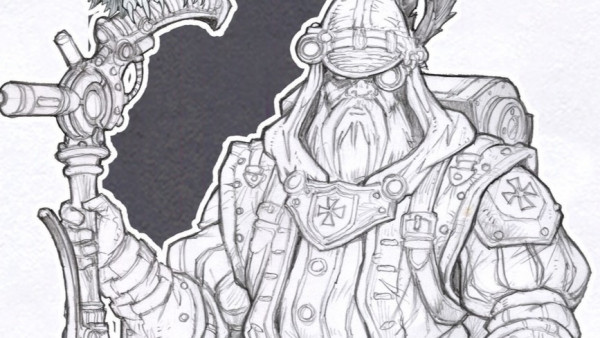
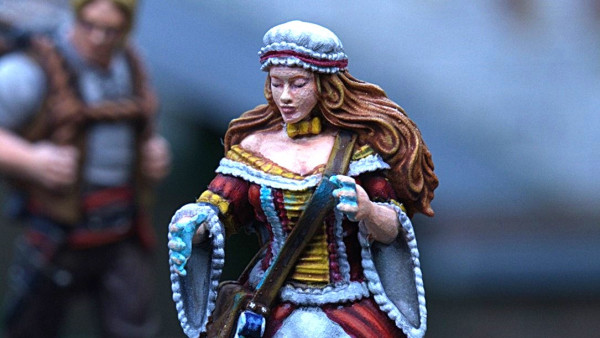
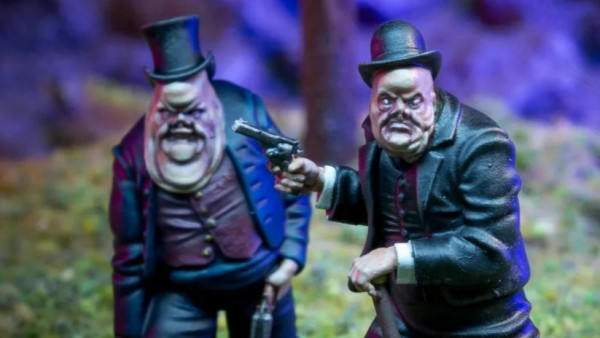

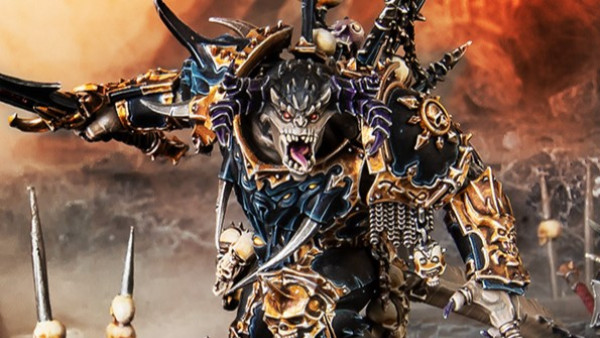

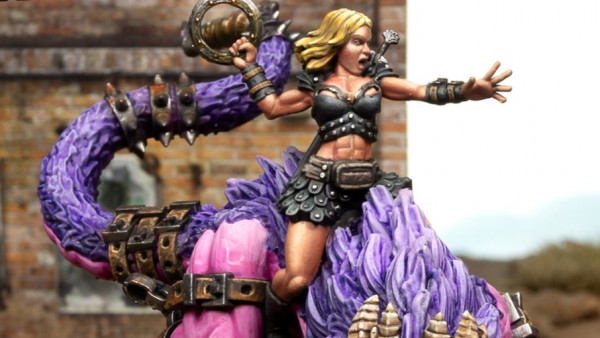
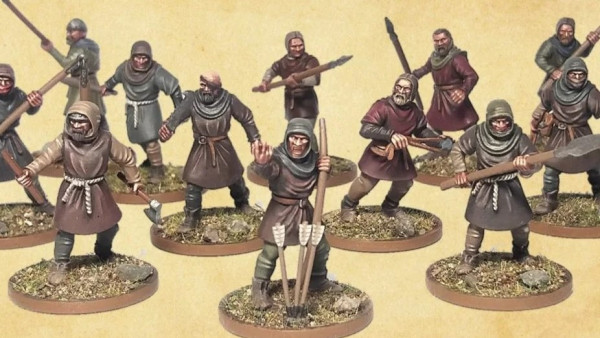




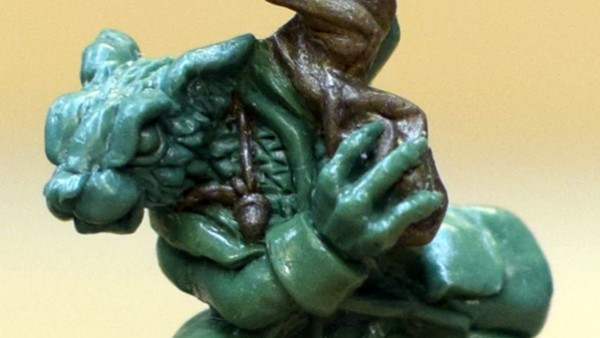

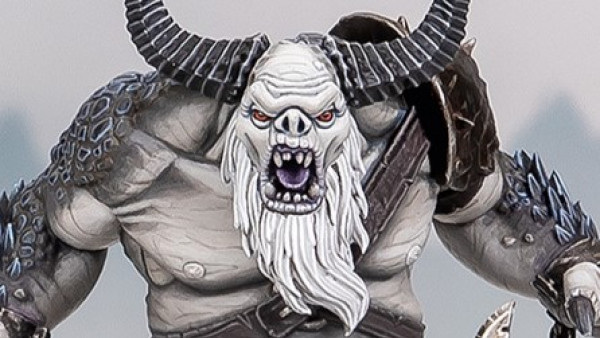
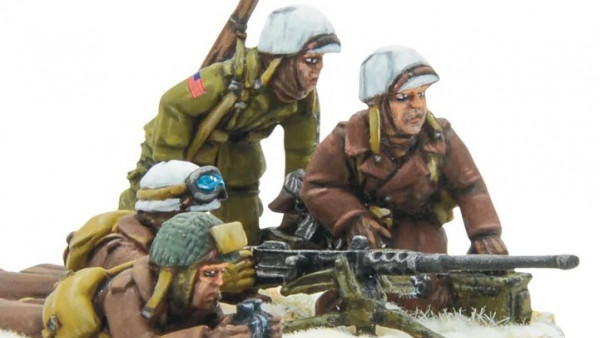
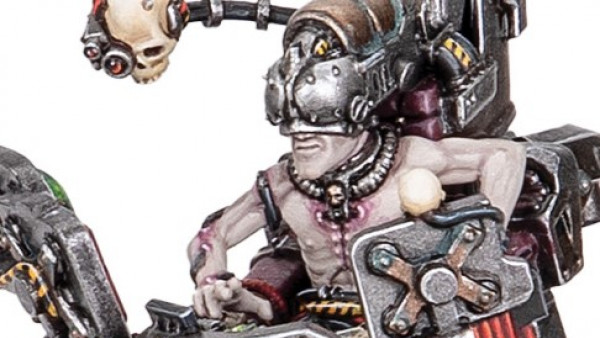


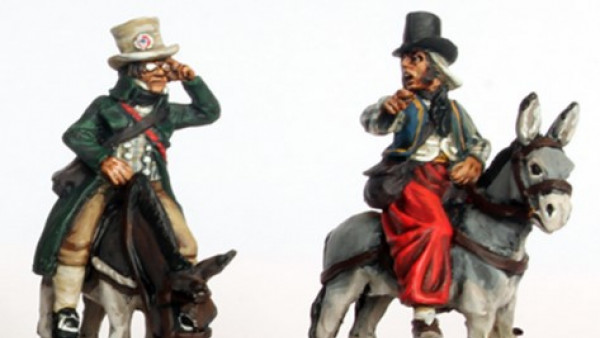
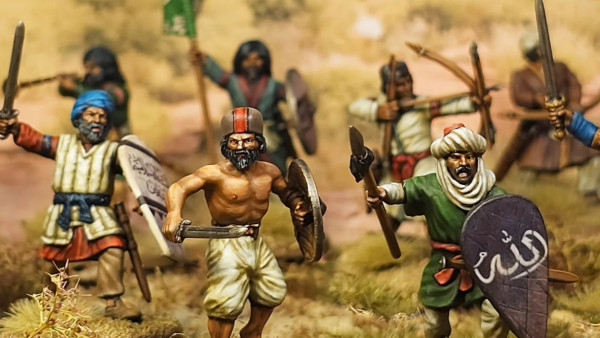
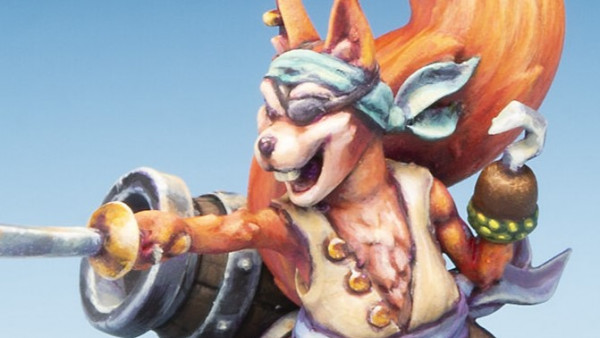

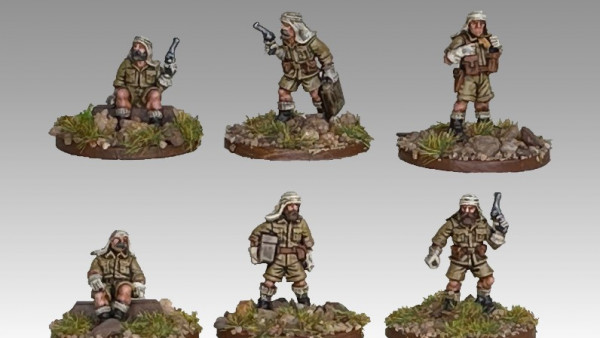
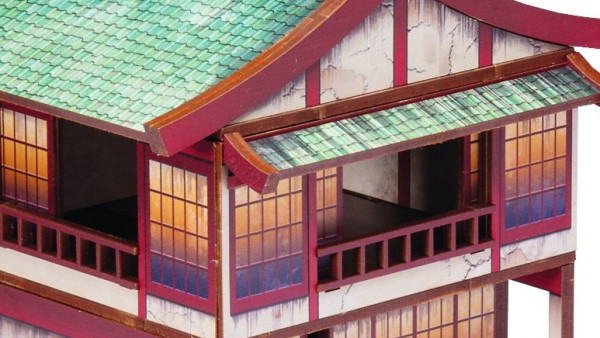


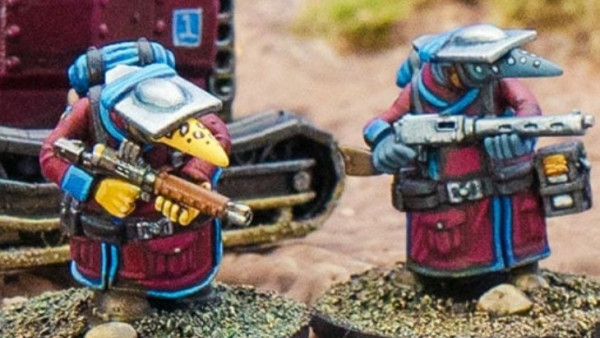
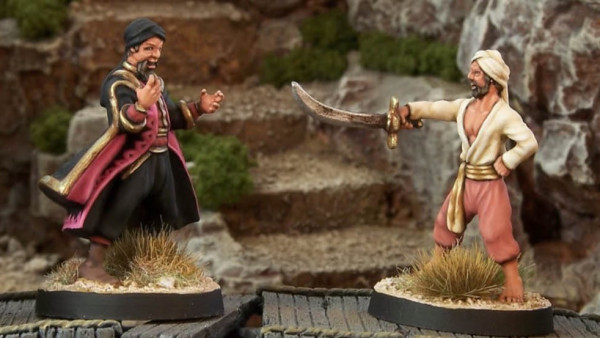



Leave a Reply